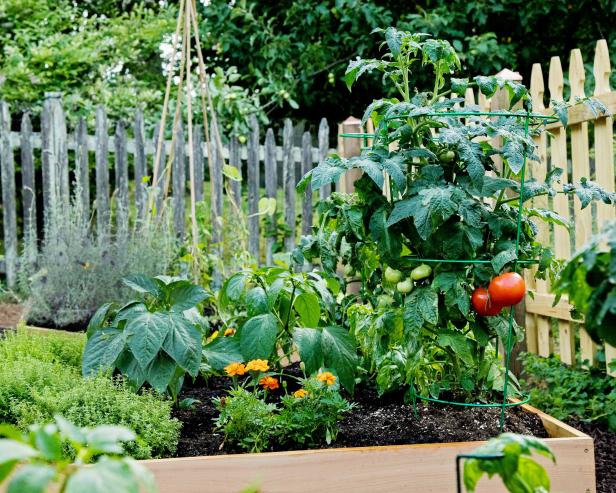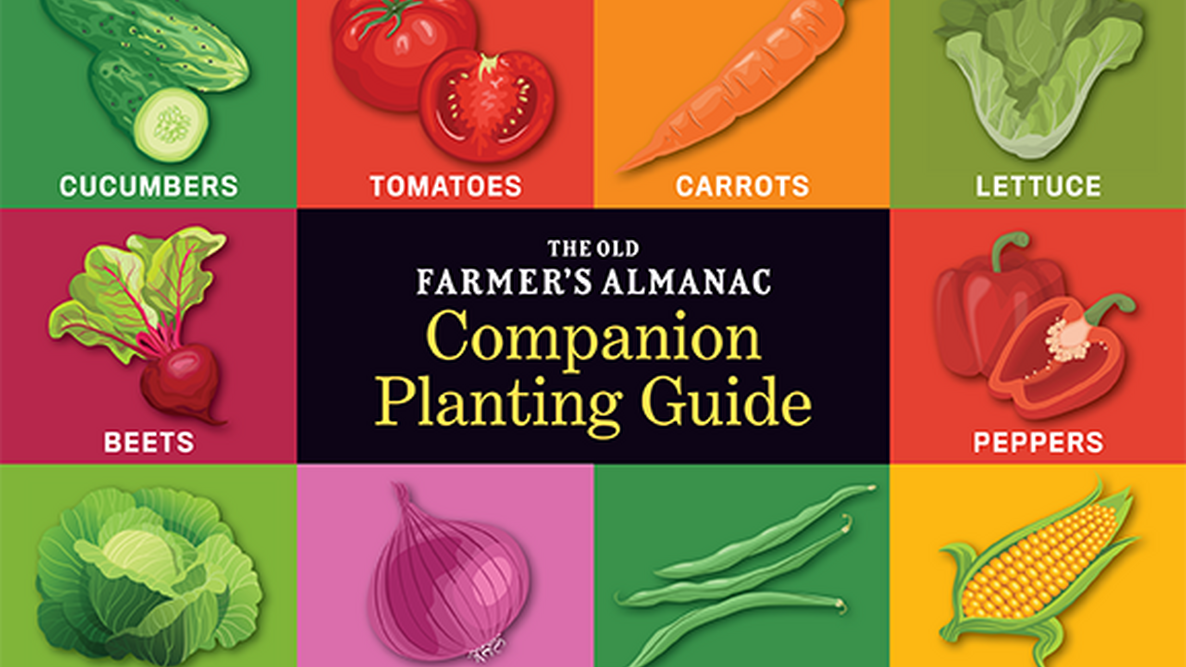Beets And Tomatoes: The Perfect Companion Planting
Beets and tomatoes are two of the most popular vegetables grown in home gardens. They are both relatively easy to care for and can be enjoyed fresh, cooked, or canned. But did you know that these two vegetables can also benefit each other when planted together?
In this blog post, we will explore the benefits of companion planting beets and tomatoes. We will also discuss some of the best practices for planting these two vegetables together.
Benefits of Companion Planting Beets and Tomatoes
There are several benefits to companion planting beets and tomatoes. Here are a few of the most notable:
- Improved pest control. Beets can help to repel pests that can damage tomato plants, such as aphids, beetles, and nematodes. The strong scent of beet foliage can confuse and deter these pests.
- Increased pollination. Tomato plants are heavy feeders, and they can benefit from the nitrogen-fixing bacteria that live in the roots of beet plants. These bacteria help to convert atmospheric nitrogen into a form that can be used by plants. This can lead to increased pollination and fruit production in tomato plants.
- Improved soil health. Beets and tomatoes can help to improve the overall health of the soil in your garden. Beets are deep-rooted vegetables that can help to break up compacted soil. They also add valuable nutrients to the soil, such as potassium, iron, and manganese. Tomatoes can help to improve drainage and aeration in the soil. They also release carbon dioxide into the soil, which helps to promote healthy microbial activity.
Best Practices for Companion Planting Beets and Tomatoes
If you are planning to companion plant beets and tomatoes, there are a few best practices that you should follow:
- Plant beets and tomatoes in full sun. Both beets and tomatoes need at least 6 hours of sunlight per day to thrive.
- Space your plants properly. Beets should be spaced 4-6 inches apart, while tomatoes should be spaced 18-24 inches apart.
- Fertilize your plants regularly. Both beets and tomatoes need a moderate amount of fertilizer to produce a good harvest. Use a balanced fertilizer, such as a 10-10-10 fertilizer, and follow the directions on the label.
- Water your plants regularly. Beets and tomatoes need consistent moisture to grow well. Water your plants deeply once or twice a week, or more often during hot, dry weather.
- Monitor your plants for pests and diseases. Both beets and tomatoes can be susceptible to pests and diseases. Keep an eye on your plants and take steps to control any problems as soon as they arise.
Conclusion
Companion planting beets and tomatoes is a great way to improve the health of your garden and increase your yields. By following the best practices outlined in this blog post, you can enjoy a bountiful harvest of these two delicious vegetables.
Beets and tomatoes are two popular vegetables that can be grown together in the garden. However, it's important to know which plants are compatible with each other, as some can actually stunt the growth of others. In the case of beets and tomatoes, it's best to avoid planting them too close together. This is because beets have a long taproot that can compete with the shallow roots of tomatoes for nutrients.
If you're looking for companion plants for beets, there are a few good options. Some of the best include:
- Carrots: Carrots have a similar root system to beets, so they won't compete for nutrients. They also help to repel pests, such as carrot flies.
- Lettuce: Lettuce is a low-growing plant that won't shade out beets. It also helps to suppress weeds.
- Herbs: Herbs, such as dill, mint, and rosemary, can help to repel pests and attract beneficial insects.
For more information about companion planting beets and tomatoes, visit Garden Wiki. This website has a wealth of information on the topic, including planting tips, spacing recommendations, and a list of compatible companion plants.
FAQ of beets and tomatoes companion planting
Q: Can beets and tomatoes be planted together?
A: Yes, beets and tomatoes can be planted together. In fact, they are considered to be companion plants, which means that they benefit each other when grown in close proximity. Beets help to improve the soil structure and drainage, which can benefit tomatoes. Tomatoes, on the other hand, can help to deter pests from beets.
Q: What are some other good companion plants for beets?
A: Some other good companion plants for beets include:
- Cabbage - Cabbage plants help to repel pests from beets.
- Carrots - Carrots and beets can help to improve the flavor of each other.
- Lettuce - Lettuce helps to suppress weeds and shade the soil, which can benefit beets.
- Onions - Onions help to repel pests from beets.
- Spinach - Spinach helps to improve the soil structure and drainage, which can benefit beets.
Q: What are some plants that should not be planted near beets?
A: Some plants that should not be planted near beets include:
- Peas - Peas can compete with beets for nutrients.
- Potatoes - Potatoes can attract the same pests as beets.
- Squash - Squash can spread a disease called powdery mildew, which can harm beets.
- Sweet corn - Sweet corn can shade beets, stunting their growth.
- Herbs - Some herbs, such as basil and mint, can be aggressive and crowd out beets.
Q: What are some tips for companion planting beets and tomatoes?
A: Here are some tips for companion planting beets and tomatoes:
- Plant beets and tomatoes in full sun.
- Plant beets and tomatoes in well-drained soil.
- Space beets and tomatoes 12-18 inches apart.
- Mulch around beets and tomatoes to help retain moisture and suppress weeds.
- Water beets and tomatoes regularly, especially during hot, dry weather.
- Monitor beets and tomatoes for pests and diseases, and take steps to control them if necessary.
Image of beets and tomatoes companion planting
5 different images of "beets and tomatoes companion planting" from Pinterest:
- Image 1: This image shows a row of beets planted next to a row of tomatoes. The beets are about 6 inches tall and have dark green leaves. The tomatoes are about 12 inches tall and have yellow flowers.

- Image 2: This image shows a close-up of a beet plant next to a tomato plant. The beet plant has a large, dark green leaf and a small, red beetroot. The tomato plant has several yellow flowers.

- Image 3: This image shows a garden bed with beets, tomatoes, and other vegetables. The beets are in the front of the bed, the tomatoes are in the middle, and the other vegetables are in the back.

- Image 4: This image shows a vertical garden with beets and tomatoes planted in different levels. The beets are planted at the bottom level, the tomatoes are planted in the middle level, and other vegetables are planted in the top level.

- Image 5: This image shows a cartoon illustration of beets and tomatoes growing together in a garden. The beets are smiling and the tomatoes are laughing.

Post a Comment for "Beets And Tomatoes: The Perfect Companion Planting"